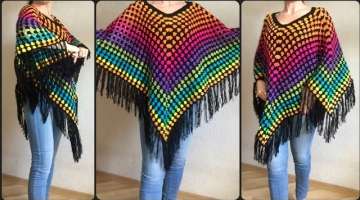Meet The Sea Bunnies, The Strange Sea Creatures Japan Has Fallen In Love With
Despite its cute and cuddly appearance, this little sea creature is actually a kind of slug. When you hear the word “slug” your first reaction probably isn’t “adorable”, but after checking out these Jorunna parva sea slugs, you might feel differently.
- 1 | 6

The animal isn't actually a tiny ocean-dwelling rabbit. The creature eliciting "awwws" around the world is a type of sea slug called Jorunna parva. Most are less than an inch (2.5 centimeters) long and can be found throughout the Indo-Pacific Ocean from South Africa to the central Pacific. Though the most popular images of these animals show white animals with black spots, these sea slugs are usually yellow or orange. (See pictures of other colorful sea slugs.)
- 2 | 6

Jorunna parva's fur-like coat is due to bunches of tiny rods, called caryophyllidia, that cover the animal's back. They're arranged around little knobs that are sometimes black, giving the sea bunny its speckled appearance."We don't know for sure what these organs do," says Ángel Valdés, a sea slug expert at California State Polytechnic University in Pomona. But "they probably play sensory roles."
- 3 | 6

The sea bunny's "ears," or the two antenna-like structures on top of its head, are most definitely sensory organs. Called rhinophores, they detect chemicals in the water that helps sea bunnies find food and mates, says Valdés. The rhinophores are covered in little flaps that boost their detection capabilities, allowing J. parva to sense its environment very efficiently. The structure on the sea bunny's behind that looks like a little "flower" are its gills.
- 4 | 6

The sea bunny, like most sea slugs or nudibranchs, is a hermaphrodite. They have both male and female reproductive organs, and when they mate, both partners exchange sperm. The cuddly-looking creatures come armed with "incredibly long copulatory spines," says Valdés. It's basically like a dart that the animal jabs into its partner during the mating process. This ensures that they stay attached to each other until the sperm exchange is done, he explains.
- 5 | 6

Like all the sea slugs in the group containing J. parva, called the dorid nudibranchs, the sea bunny steals its toxic defenses from its food. Dorids eat sponges, and some of their toxins are also used in cancer treatments for people. Sea slugs in other groups can steal the stingers right out of jellyfish and use them in their own defense. For instance, slugs in the genus Glaucus will attack and eat one of the most venomous jelly-like animals out there, the Portuguese man-of-war. Admire and coo over the fuzzy little creature now known as the sea bunny. Just resist the urge to touch those rabbit ears.
- 6 | 6

According to Sora News 24, Japanese divers affectionately refer to the slugs as "goma-chan" which translates to "cute little sesame". A fittingly cute name for such a cute creature! We never imagined we'd feel the urge to cuddle a slug, but hey, there's a first time for everything. These little sea bunnies are almost too cute for words, and we think it's about time for the rest of the world to discover just how adorable they are. Some of them are white…Some of them are yellow. And all of them are just so cute and fluffy.



















